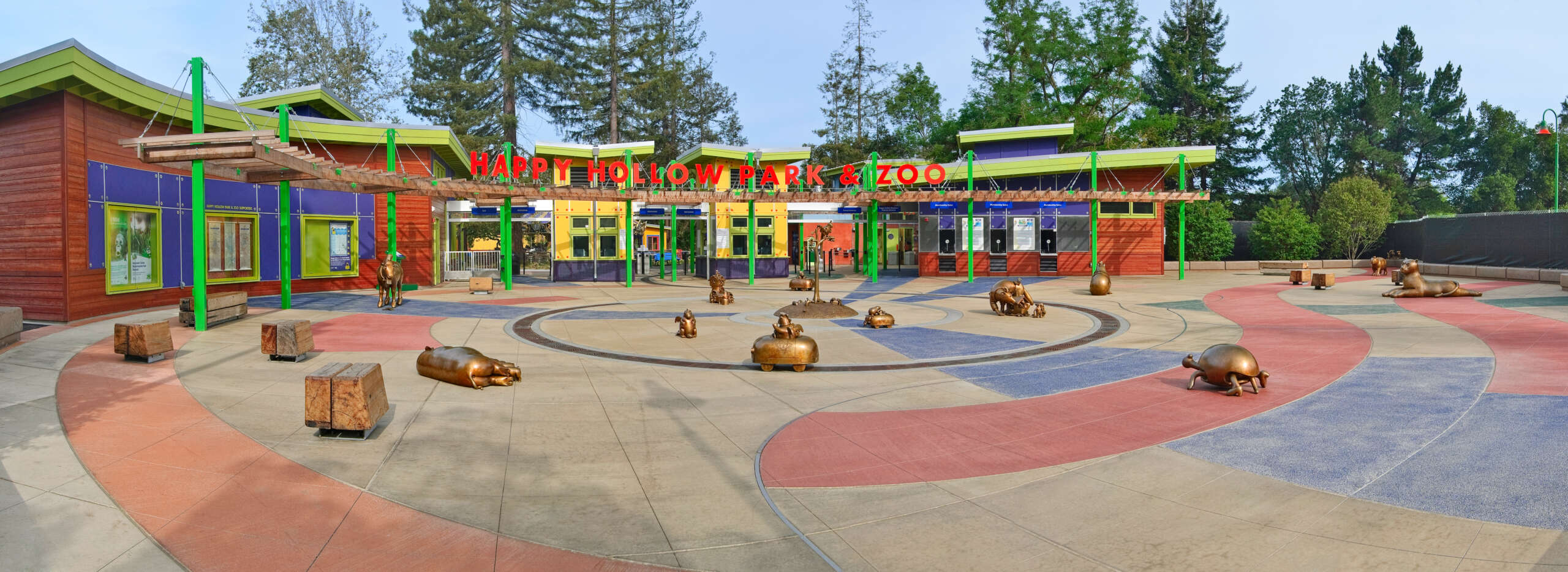Community Shoutout: Happy Hollow Park & Zoo
Posted in: Conservation, Goings on
Every time I talk with our conservation & outreach manager Marie, I am amazed by just how many people she knows in the zoological and conservation community. Spend enough time around her, and you’ll find yourself with a few new friends to learn from and share resources with. I recently had this experience and was introduced to the lovely people at Happy Hollow Park & Zoo in San Jose! Marie first met Happy Hollow staff at a Wildlife Conservation Network conference, and some time later reached out to invite them to Safari West’s Earth Day event, where we invite many local zoological and conservation organizations to share their work with our guests. Wanting to return the favor, Happy Hollow invited some of our staff to come visit their zoo! So, on a beautiful Autumn morning, we made our way across the bay towards San Jose.
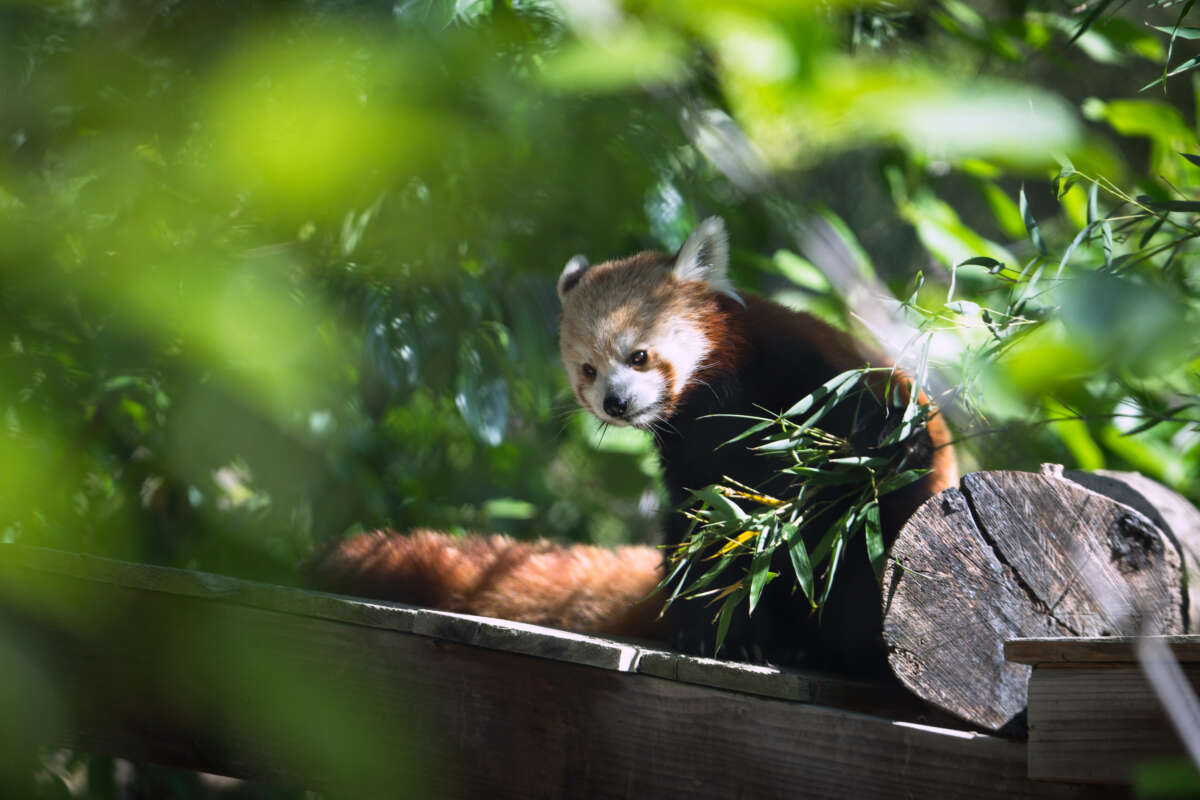
A red panda at Happy Hollow
In the late 1950s, the popularity and success of Disneyland inspired plans for parks across the US, including here in the bay area. Happy Hollow first opened in 1961, with an admission of 10 cents for kids and 15 cents for adults. It was originally opened exclusively as a children’s park, but zoo animal habitats were added in 1967. Since then, Happy Hollow Park & Zoo has continued to find new ways to provide a fantastic place for kids to both play and learn about the world around them. The zoo has been accredited by the Association of Zoos and Aquariums for more than 25 years, showing a commitment to providing excellent care to their animals. The park has also stepped up as a role model for zoos to adopt more sustainable building practices, undergoing an impressive set of green renovations that earned them a gold certification from the Leadership in Energy and Environmental Design program.
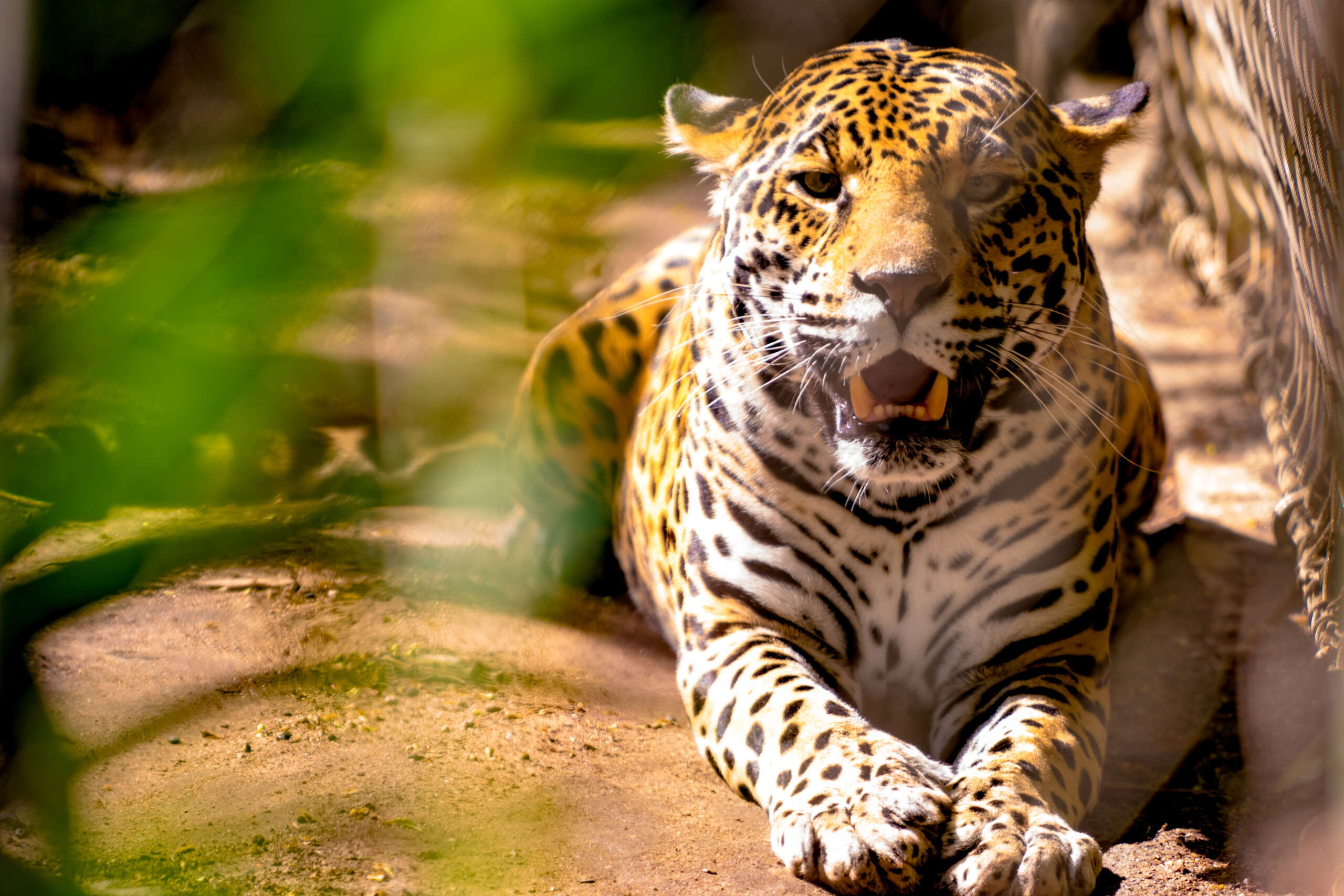
A jaguar at Happy Hollow
When we arrived at the zoo we were greeted by the conservation & communications manager Caitlin O’Hara and the zoo curator Heather Vrzal, who generously spent the morning giving us a fantastic tour of their workplace. With almost 50 species at the zoo, there was plenty to see! The grounds are organized by the Zoo on the Hill, which includes animals like giant anteaters and red-ruffed lemurs, and the Zoo in the Hollow, which has a diverse array of animals from jaguars, fennec foxes, and red pandas to macaws, african spurred tortoises, and an American alligator named Bayou that was rescued out of the Sacramento delta in 2013. The zoo also houses an educational ambassador collection of 18 different species that visit schools, camps, and special events as well as teach visitors to the zoo about these animals and their care and conservation.
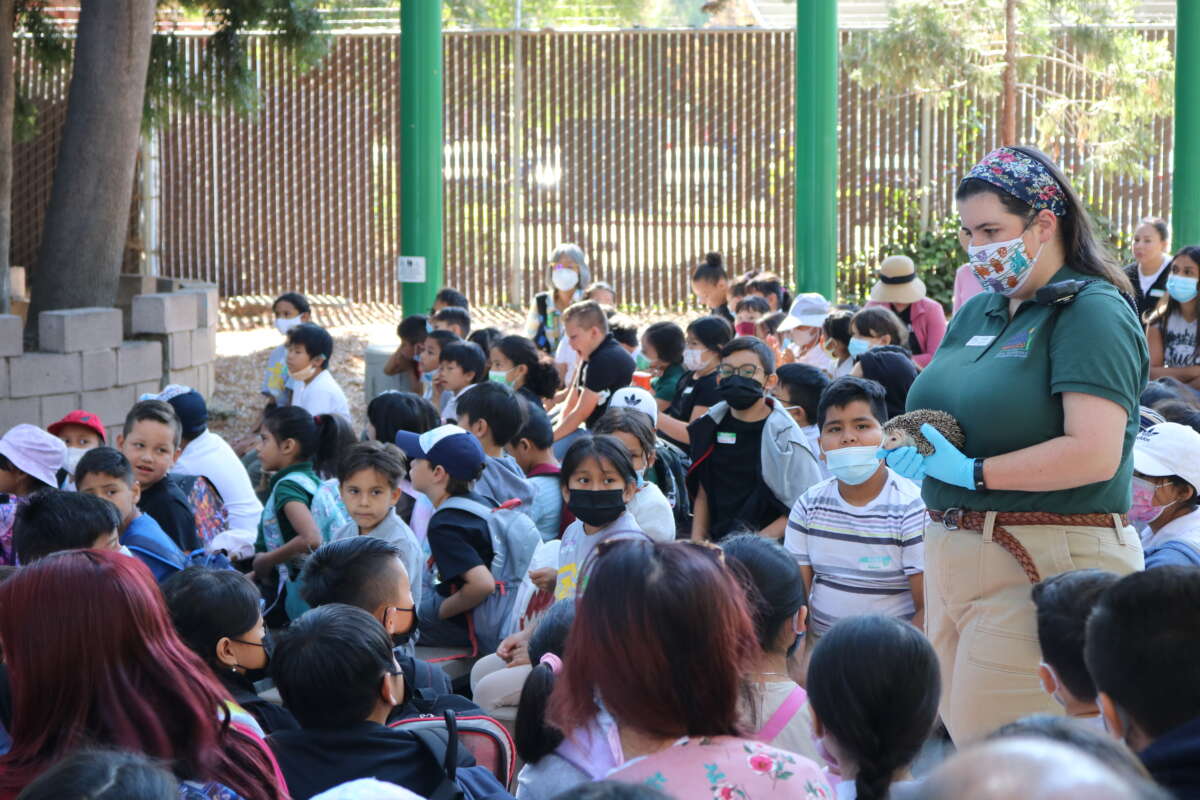
An education ambassador teaching kids about hedgehogs
Along the way, we learned about the variety of conservation programs that Happy Hollow is involved in. Any international conservation organization can apply for grants via the zoo’s quarters for conservation program. In 2022, this program was able to support rhino conservation through the Council of Contributors, support the Macaw Recovery Network, the Painted Dog Research Trust, and African vulture conservation through Wildlife ACT. Happy Hollow is also involved in various Species Survival Plans through the Association of Zoos and Aquariums, which ensure that the populations of endangered animals under human care are managed to best support their wild counterparts. However, my favorite conservation project I learned about at Happy Hollow is one that you might not expect to find at a zoo: an apiary full of bees!
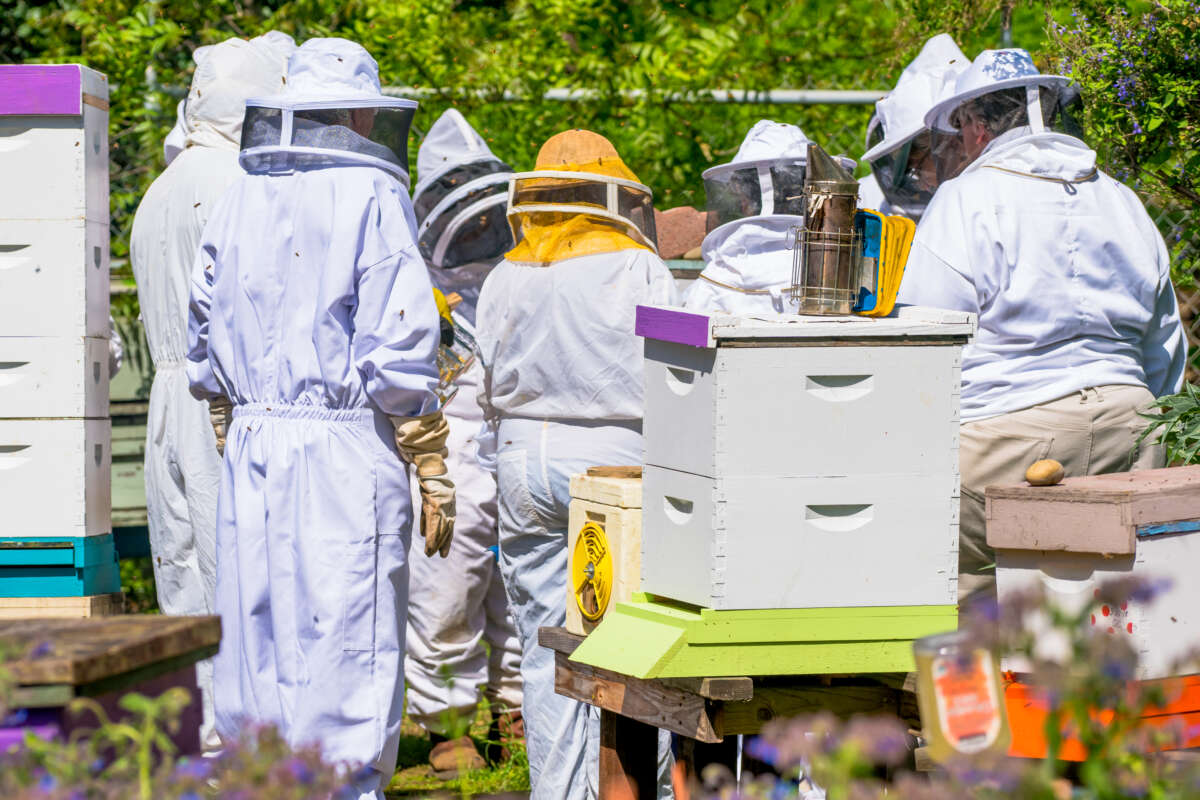
A beekeeping course at Happy Hollow
There are currently about 30 active beehives at Happy Hollow, managed by a volunteer named Steve Demkowski. Steve is well known in the local community as the “bee guy”, and has been keeping bees for more than 20 years. In partnership with Steve, Happy Hollow offers beekeeping workshops, where you can learn about the practice of keeping bees as well as the essential role pollinators play in our daily lives. The honey produced by Happy Hollow’s apiary is collected and sold in the zoo’s gift shop and local stores as “Gorilla Honey”, with all of the proceeds going towards the conservation of the mountain gorillas of Virunga National Park in central Africa.
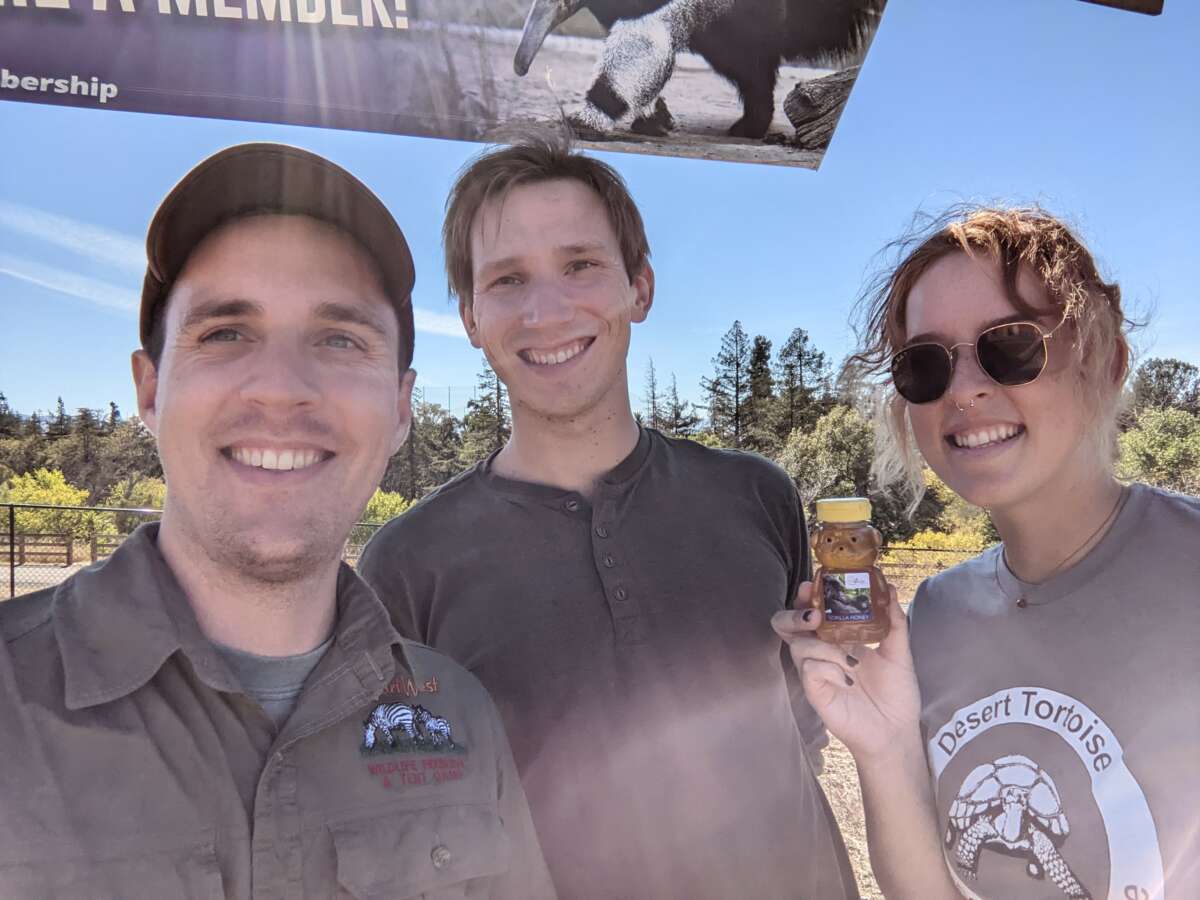
Safari West staff Mark, Aidan, and Kate visiting Happy Hollow and getting our own Gorilla Honey!
We took a break from learning about all of the animals and programs at Happy Hollow to eat lunch, and were surprised to have more than a dozen staff members join us! As we chatted, it quickly became apparent that we all shared the same loves associated with working at a zoo. From the love of watching an animal’s fascination with the enrichment you just carefully prepared for them, to the love of answering a child’s excited questions as they see an animal up close for the first time, all of us shared a strong desire to provide excellent animal care and create a lasting connection between people and the amazing animals we share this planet with. Much like Safari West, Happy Hollow isn’t the biggest zoo out there, but if you go there you’ll find a welcoming group of people that care deeply about the animals under their care and the preservation of those species in the wild. If you are looking for a fun and educational afternoon with your kids, Happy Hollow Park & Zoo is worth a visit!
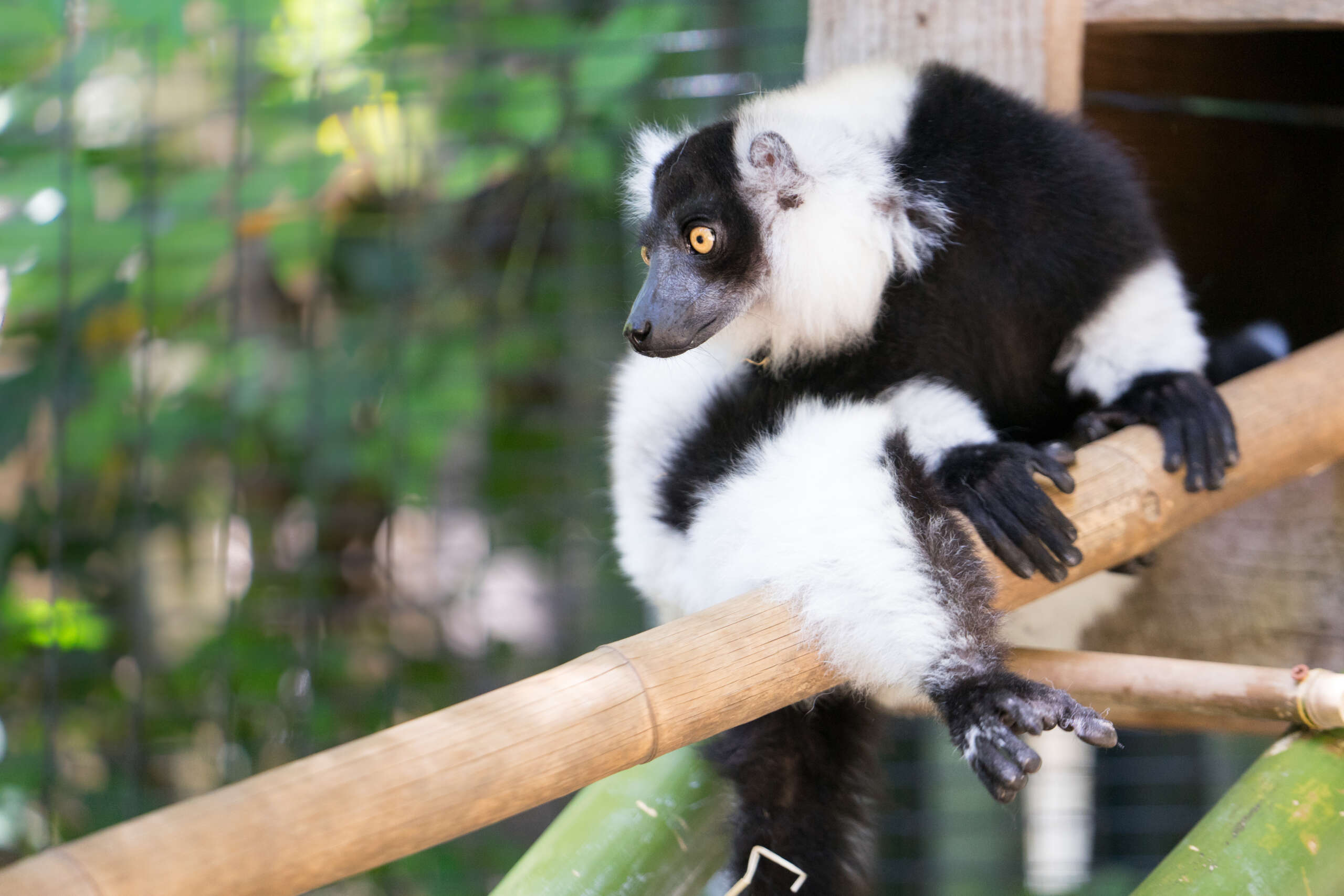
A black and white ruffed lemur at Happy Hollow
All images, besides the one of Mark, Aiden, and Kate are courtesy of Happy Hallow Park & Zoo.
